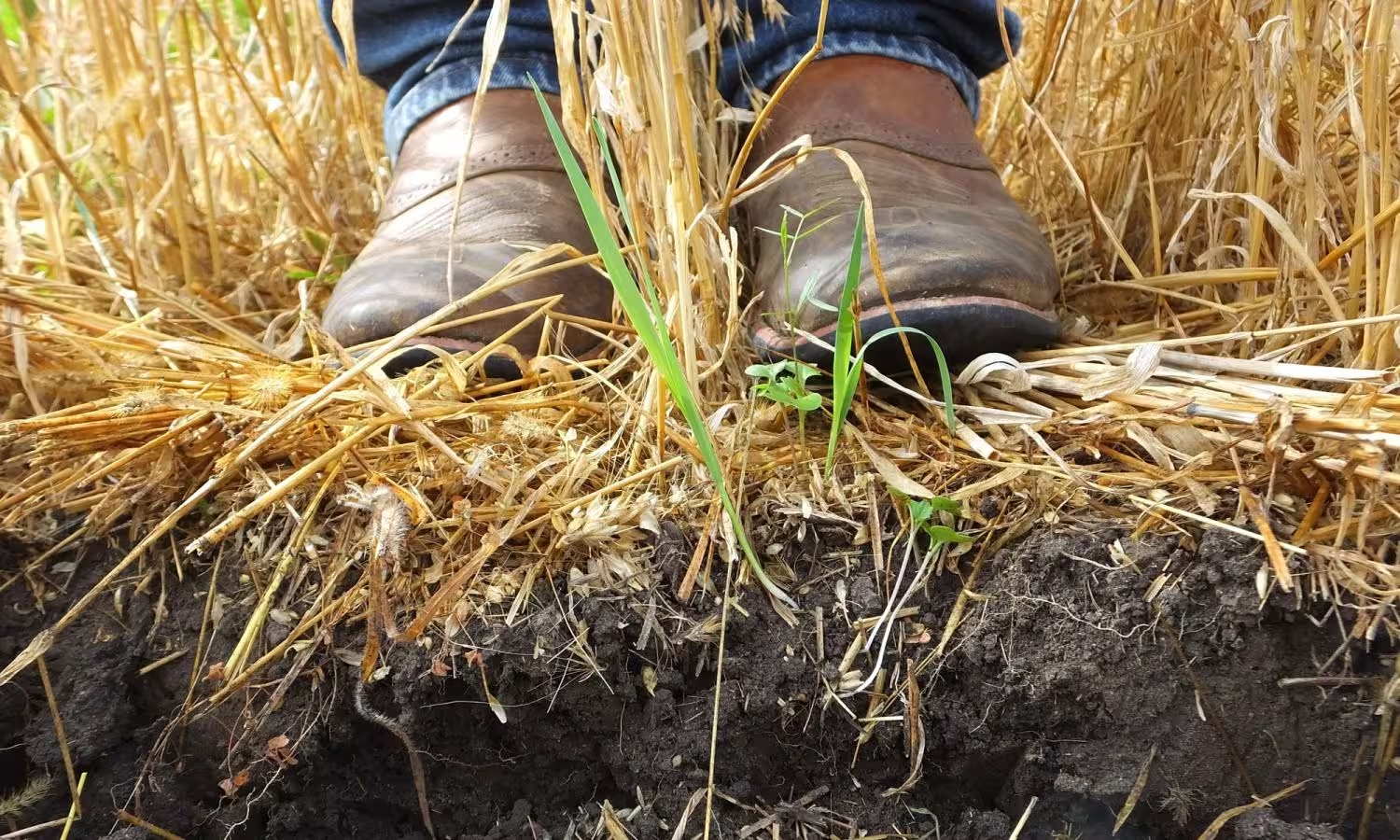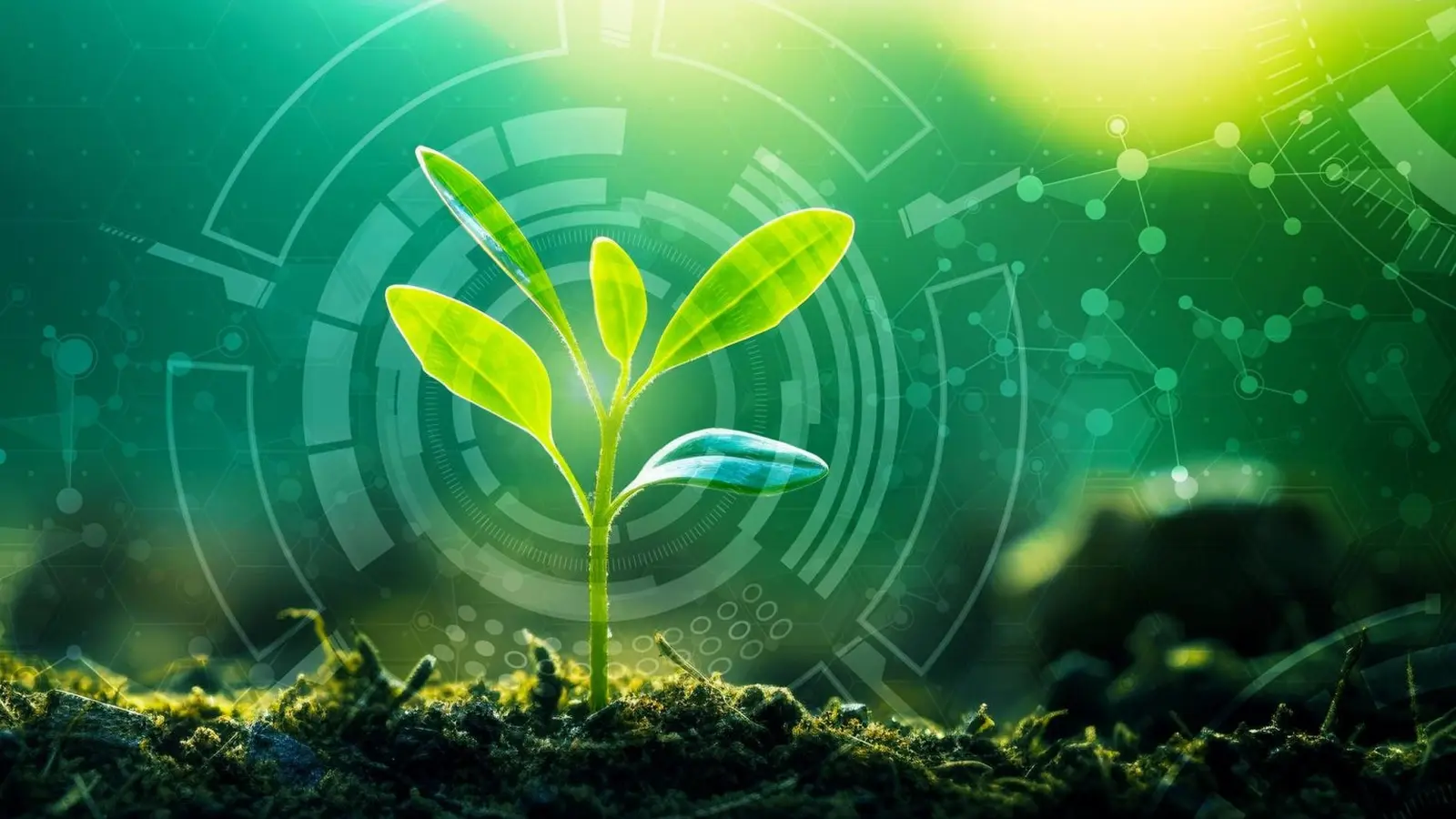5 Minutes
New research and the image
Modern agricultural practices that boost short-term yields can undermine the long-term health of the soil that sustains global food production. Recent reviews, including a study published in NPJ Sustainable Agriculture and assessments by research institutions such as Rothamsted, show that repeated mechanical disturbance, heavy chemical inputs, and unsustainable irrigation are weakening soils’ ability to resist, recover from, and adapt to shocks. That decline in soil resilience elevates risks for crop productivity, carbon storage, and broader food-system stability.
What soil resilience means and why it matters
Soil resilience describes the capacity of soil to absorb disturbances, reorganize internally, and return to a functional state that supports plant growth, nutrient cycling, water retention, and biodiversity. In practical terms, resilient soils maintain crop yields during droughts, floods, pest outbreaks, and supply-chain disruptions. Since soils underpin roughly 95% of global food production and store more carbon than all terrestrial forests combined, losing resilience is both an agricultural and a climate problem.
Soil degradation occurs gradually but can lead to sudden tipping points. Repeated ploughing reduces organic matter and root networks, compaction limits air and water flow, and pesticide and plastic residues alter microbe communities. Over time, these changes reduce the soil’s buffering capacity—its ability to moderate extremes and recover—so that what was once a minor yield loss can accelerate into persistent decline.

How modern farming erodes soil resilience
Erosion and land-use change
The most acute threat identified by the review is erosion from over-ploughing, deforestation, and overgrazing. Topsoil that formed over centuries can be lost within decades, stripping away fertility and microbial life needed for recovery.
Salinization and water mismanagement
Irrigation without proper drainage concentrates salts in the root zone, reducing plant-available water and nutrient uptake. Salinization is especially serious in arid and semi-arid regions expanding agricultural production.
Compaction and chemical disruption
Heavy machinery and intensified livestock operations compact soils, limiting root penetration and microbial habitat. Meanwhile, long-term reliance on synthetic fertilizers and pesticides changes soil chemistry and can decimate beneficial organisms that drive nutrient cycling.
These processes interact: compacted soils increase runoff, raising erosion risk; chemical inputs can weaken plant health, making crops more vulnerable to pests and droughts; and combined stresses can push ecosystems past recovery thresholds.
Balancing productivity with long-term resilience
Some conventional interventions—such as liming acidic soils or temporary flooding of rice paddies—can support resilience when applied judiciously. However, more systemic shifts offer greater promise for reversing degradation while maintaining yields:
- Conservation agriculture: reduced tillage, residue retention, and crop rotations protect soil structure and organic matter.
- Cover cropping and green manures: these rebuild soil carbon, improve water infiltration, and suppress weeds.
- Integrated pest management and targeted fertilization: reduce chemical loads while maintaining productivity.
- Rotational grazing and landscape-level planning: prevent compaction and overuse of marginal land.
- Improved irrigation technologies: drip systems and better drainage cut salinization risks.
Each approach carries trade-offs. Conservation tillage can increase weed pressure; cover crops require water and management; precision fertilization needs investment in monitoring and equipment. The review emphasizes decision-making that weighs short-term output against long-term resilience to avoid irreversible losses that could ripple through food and trade networks.
Expert Insight
Dr. Elena Moreno, a soil scientist and sustainable agriculture specialist, notes: "Protecting soil resilience is not a low-priority environmental add-on. It is the core economic and ecological argument for sustainable farming. Practices that rebuild organic matter and biological diversity in soil are investments that pay back through more stable yields, improved water security, and reduced greenhouse gas emissions. Policymakers and producers must align incentives so that resilience becomes a measurable part of productivity metrics."
Conclusion
The global assessment is clear: current intensive practices are eroding the very ground that supports our food systems. Reversing this trend requires adopting conservation and regenerative techniques at scale, improving irrigation and nutrient management, and redesigning policy incentives to reward long-term soil health. Without coordinated action, regions already under pressure—particularly parts of sub-Saharan Africa, South America, and Southeast Asia—face heightened risks as demand for food rises. Protecting soil resilience is essential for food security, climate mitigation, and biodiversity conservation over coming decades.
Source: scitechdaily


Leave a Comment